Hands-On Learning in the Classroom
Lab supplies
- When most people think of school they go to a basic explanation that you just sit in classrooms for 8 hours a day for 5 days a week. In reality it is far more than that. Yes there are many extracurricular activities to do outside of the classroom, but let’s dive into what really goes on in the classroom, particularly at PHS.
At PHS, the teaching staff takes great pride in how they teach their students. They make sure that every student is getting the best education that is possible for them. Teaching students can be one challenging task, especially high school students. How do you keep them entertained, but stick to the lessons that are needed? Most teachers say “you keep things challenging and creative.”.
Believe it or not, students aren’t too fond of having to sit at a desk all of the time, so keeping them on task when they are getting restless is quite challenging. Most teachers keep the classroom active with hands-on lessons, like labs. At PHS, around 50-75% of the classroom work is hands-on. Parents and community members may think sticking to the books is a better option for learning, because the books may have more knowledgeable information than a hands-on learning experience. However, not everyone is a visual learner, some are kinesthetic learners. PHS biology teacher, Mr. Smith says, “When I teach a lesson from the books and then do a hands-on learning experience after, I see a great increase in test scores over that topic.”
As a student myself at PHS, over the course of my high school career I have done many labs, but there is one recurring phrases that I seem to hear every year during labs. “We had to get a different ‘product’ because this or that is too expensive this year.” Principal Mr. Will says, “With the price of products going up, continuing to do so many hands-on learning experiences will be challenging, but I know that our community will continue to support us as much as they can, which is great.”
Let’s take a deeper dive into what labs PHS has to offer. In home ec, a class Mrs. Inboden teaches, the labs are all things that you can take home. The skills taught in there, like cooking and sewing can be beneficial at home. We all know things rip or tear, so knowing how to sew can be very helpful. Another helpful skill is cooking. Want to impress your family and friends? Food is the way to one’s heart, and in home ec, there has been a lot of it. From homecoming cookies to Dr. Seuss cupcakes, the class has it all. In that class, a lot of the labs that have been done are for special events. The 6th hour class with only four people, makes the food for the weekly snack carts. With something new every week, it’s expands the students cooking skills, while giving delicious treats to the students and staff who order.
Another class that does hands on learning through labs, is Mr. Riley’s chemistry class. This class deals with different chemicals and open fire. Safety and following instructions is crucial during these labs. Incase of an emergency, there is equipment in the class that can help. An eyewash station is available incase someone gets anything in their eyes, a fire extinguisher in case anything catches on fire, goggles, gloves and more. A student’s safety is the top priority in a class with these sorts of labs and following instructions is right behind that. Instructions tell you exactly what to do in the exact order they need to be done. Though there is labs that might not need all of the safety procedures. Another class Mr. Riley teaches is physical science. In a lab they did on Tuesday, March 21st, they were given rocks they had to identify. They were also given different “tools” to use during the lab, such as a penny, a screw, a piece of glass and a few others. The students were instructed to use those items to help figure out the different types of rocks. Students also collected data as they went on, helping them keep track of the information as they figure it out.
In biology, taught by Mr. Smith, dissecting things is one of the labs they do and have done. I know what some of you might be thinking, gross! Although some people thing this lab is disgusting, there are others who think it’s fun and exciting. Students who do not want to participate in this lab, are offered to do something else, like book work, so they can still learn like the rest of the class, without the dissecting portion. Another lab biology has, is looking at things under a microscope. This one is a lot more friendly to students and is safer. Though, there is still strict instructions to be followed. There are lots of different things students can look for under a microscope, they use cotton swabs on things that range from the floor to peoples mouths. If you want to know how dirty something is, this is a class for that. After swabbing the item you want to see up close, you then swipe the cotton swab on a small sheet of glass and put another over it. After, you put the two sheets under the microscope. Now you’re able to see the different types of bacteria that might have been growing on the item you swabbed. How cool is that!? In this class, the student can learn how to do these labs at home, but can not take anything from the lab, unlike the labs in home ec, but it is still a fun learning experience for the students.
There are plenty more labs out in the world, and introducing labs in classes can help students get a better understanding about the lessons behind them. They can be beneficial whether you can physically take it home, or just the knowledge. Hands on learning is a great way for students to be more engaged in the class room, while having fun safely.

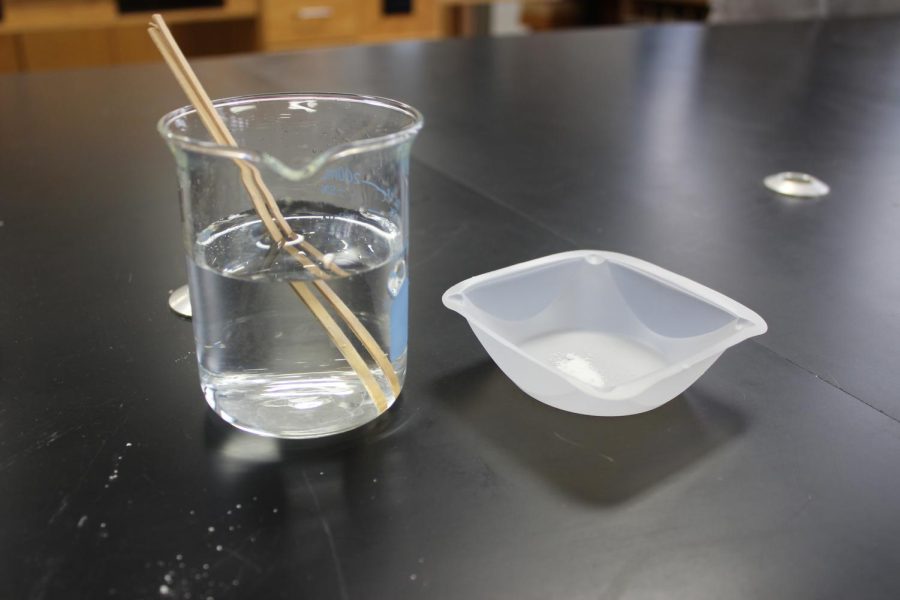
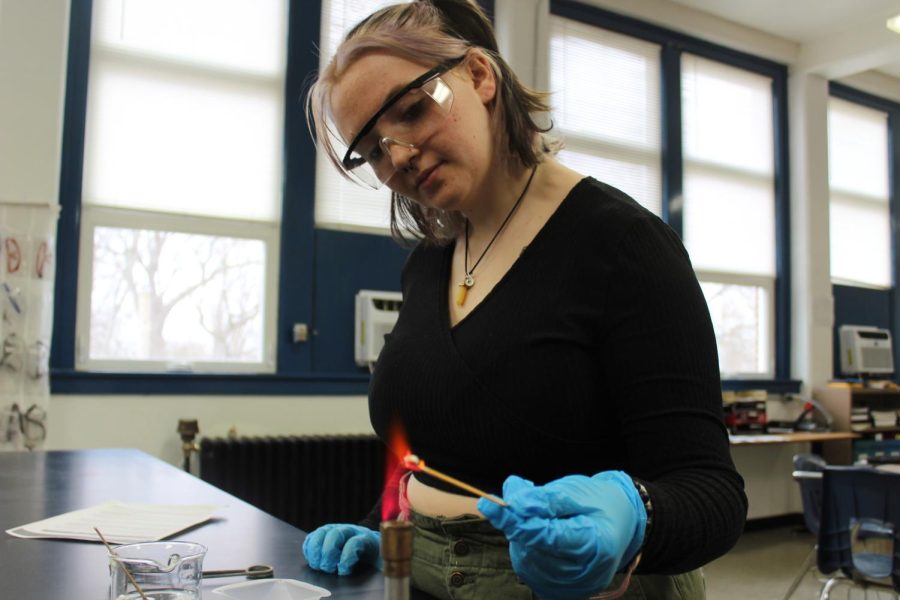
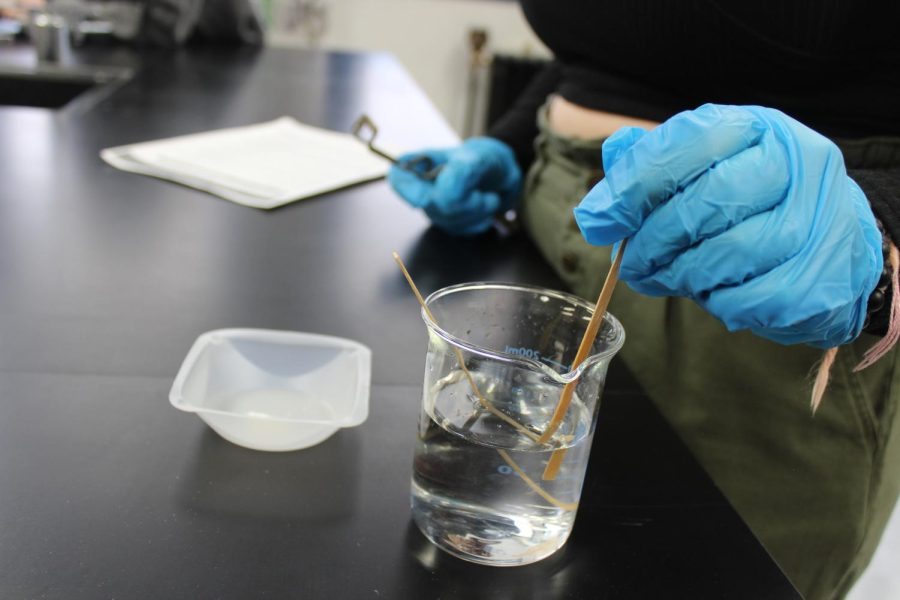

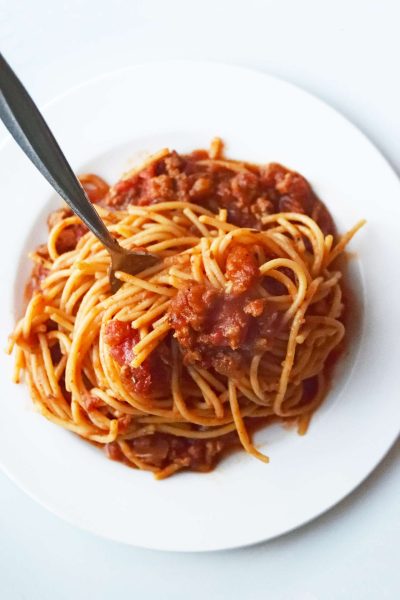
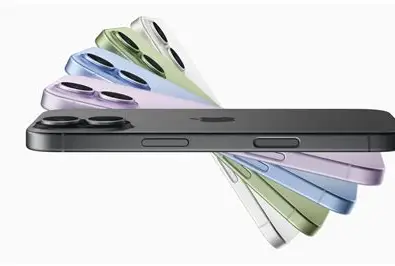
Holly • Mar 26, 2023 at 1:04 pm
Great job! I love the use of technology in the videos you included!